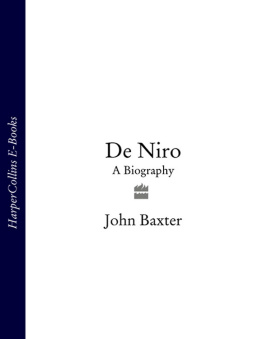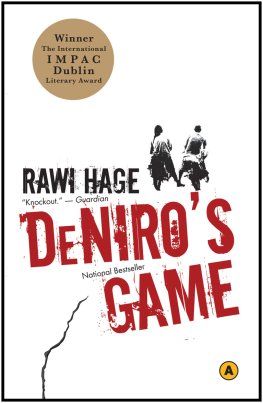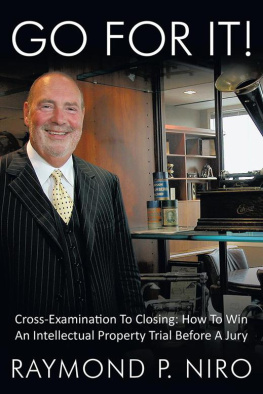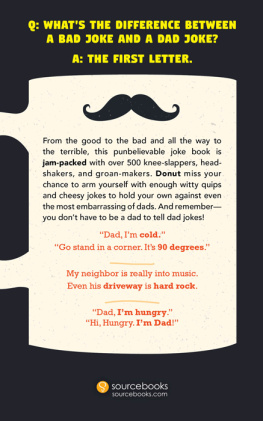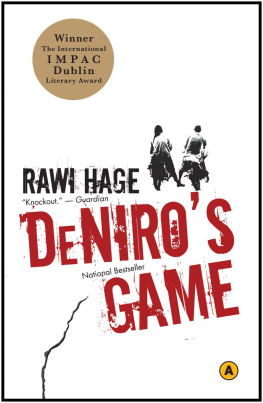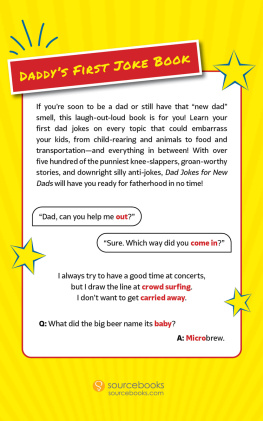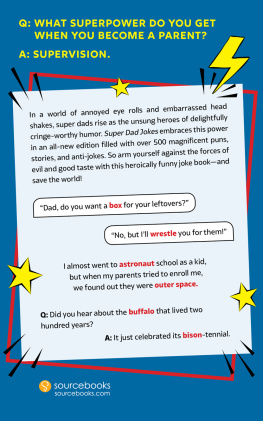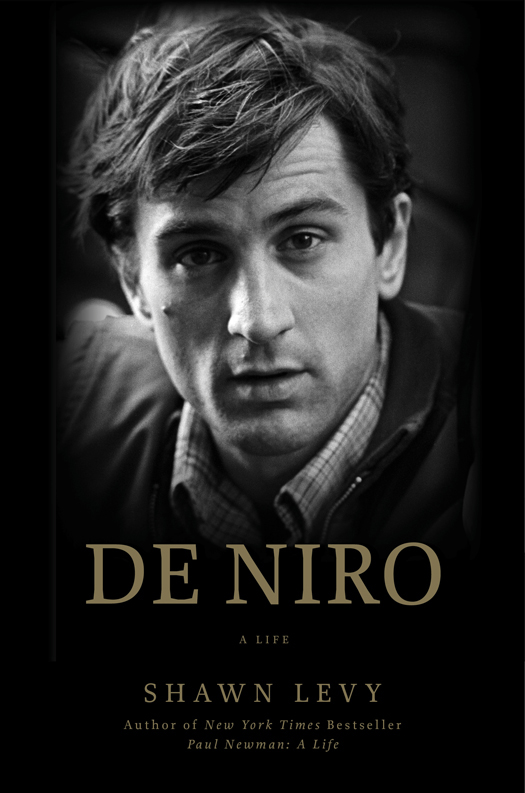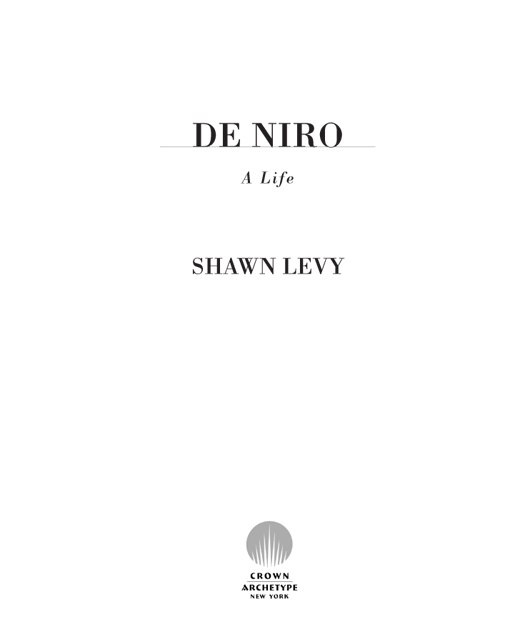A LSO BY S HAWN L EVY
Paul Newman: A Life
The Last Playboy: The High Life of Porfirio Rubirosa
Ready, Steady, Go! The Smashing Rise and Giddy Fall of Swinging London
Rat Pack Confidential: Frank, Dean, Sammy, Peter, Joey and the Last Great Show Biz Party
King of Comedy: The Life and Art of Jerry Lewis
Copyright 2014 by Shawn Levy
All rights reserved.
Published in the United States by Crown Archetype, an imprint of the Crown Publishing Group, a division of Random House LLC, a Penguin Random House Company, New York.
www.crownpublishing.com
Crown Archetype and colophon is a registered trademark of Random House LLC.
Grateful acknowledgment is made to the Harry Ransom Center at The University of Texas at Austin for permission to use materials contained in the Robert De Niro collection and the Paul Schrader collection.
Library of Congress Cataloging-in-Publication Data
Levy, Shawn.
De Niro / Shawn Levy. First edition.
pages cm
1. De Niro, Robert. 2. Motion picture actors and actressesUnited StatesBiography. I. Title.
PN2287.D37L47 2014
791.43028092dc23
[B] 2014016798
ISBN 978-0-307-71678-1
eBook ISBN 978-0-307-71680-4
Jacket design by Christopher Brand
Jacket photography: Steve Schapiro/Corbis
v3.1
For my sister, Jennifer, and her beautiful family
Contents
S PRING 2012, AND, AS FOR DECADES, THE ATTENTION OF THE worlds film lovers is focused on the onetime fishing village of Cannes, France, and its annual film festival, one of the most prestigious and celebrated cultural events of the year.
On a muggy Friday evening, the air outside the famed Palais des Festivals is plangent with the hum of music written nearly thirty years prior for a movie about hunger, yearning, innocence, violence, crime, betrayal, and memory.
Once Upon a Time in America was an epic both in its creation (a dozen years of writing, eleven months of shooting) and in the vision of its director, Sergio Leone, whose preferred cut ran almost four and a half hours. The film premiered, slightly shorter than that, at Cannes in 1984 to a rapturous receptiona fifteen-minute standing ovation, one observer recalled. But its post-festival fate was a legendary catastrophe. Distributors hacked it almost in half and restructured the narrative, virtually ensuring negative reviews, tepid box office, and a kind of professional oblivion for Leone, who died five years later without directing another film. Over time, though, the movie grew in reputationin part because of the posthumous stature of its director, in part because increasingly faithful versions of the original cut were releasedand it came to be considered by some of its champions as the acme of its genre, the American gangster movie.
And so on this May evening twenty-eight years after its debut, a restored Once Upon a Time in America, twenty-five minutes longer than the version that first premiered at Cannes, will be shown in the very same theater where the original screenedas good an occasion as any for a typically deluxe Cannes gala.
In the dying daylight, with Ennio Morricones luxurious and ghostly score on the PA system, the movies star, Robert De Niro, climbs the legendary red carpet of the Palais to present the film.
De Niro has ample reason to feel nostalgic. Eight times previously he has visited Cannes in support of a film in which he appeared; twice his work garnered the festivals top prize, and just the previous year he served as president of the festivals jury. It has been, in many ways, a lifelong haunt.
And haunting too, surely, would be the absence of Leone, the reunions with his co-stars, some of whom he hadnt seen since theyd made the film together, and, of course, the spectacle of his younger self on-screen.
But De Niro has experienced all of that many times before, and he has accrued a reputation for stoicism and inscrutability, as well as a detached, even disinterested air about such proceedings.
Something pricks at him on this evening, though, unloosing feelings of the sort he usually reveals only within the strict confines of a movie role or in the hidden chambers of his private life. As he mounts the stairs, he has tears in his eyes, and photos will circulate of him standing in a tuxedo beside his wife with his face clenched in an effort to control his emotions.
Maybe its the music, Gheorghe Zamfirs pan flute soaring sweetly and sadly over a mournful bed of strings.
Maybe its the weather: stuffy, wet, thick.
Or maybe its the knowledge that the chance to make a film like Once Upon a Time in America is exceedingly rare and impossible to duplicate once it is gone, the knowledge that movies, like life, can pass us by.
Such a sentiment would certainly mesh with the rueful themes and star-crossed history of Leones film.
And it would serve, too, as an apt starting point for any discussion of the life and work of Robert De Niro.
W HEN HE BEGAN shooting Once Upon a Time in America, Robert De Niro was, almost without question, the most powerful and compelling actor in world cinema. This is an enormous claim, considering that such titans of screen acting as Al Pacino, Dustin Hoffman, Jack Nicholson, Jon Voight, Robert Duvall, and Grard Depardieu were still ascendant at the time, and such older masters as Jack Lemmon, Paul Newman, Max von Sydow, Peter OToole, Michael Caine, Marcello Mastroianni, and even Laurence Olivier and (when he could be bothered) Marlon Brando were still in the game.
But the Robert De Niro of 1982 stood apart even amid such auspicious and accomplished company.
In the spring of 1981, he had won his second Oscar in six years for his role in Raging Bull, a performance that was immediately recognized as one of the greatest ever captured on film, built of astonishing physical transformations and raw, wrenching emotions. The previous decade had seen him rise quickly from career in shaggy independent films to the center of such landmark movies as Mean Streets, The Godfather: Part II (his first Oscar-winning role, in which he spoke almost entirely in a Sicilian dialect that he learned for the film), Taxi Driver, 1900, and The Deer Hunter. He worked with the cream of Hollywoods cohort of young Turk directorsBrian De Palma, Francis Ford Coppola, Michael Cimino, and especially Martin Scorsese, with whom he made five films in ten yearsas well as with Bernardo Bertolucci and Elia Kazan. His pair of Academy Awards had been accompanied by two additional Oscar nominations, four BAFTA nominations, and a combined seven prizes from the top critics groups across the nation.
He was a master chameleon and an astonishing risk taker, diving as deeply into his roles as any Method actor ever had and coming through them stronger, bolder, better. He had a supernatural, mysterious air and conveyed danger, poetry, sex, loneliness, daring, intensity, surprise, and thrills. He was as exciting a screen actor as had been seen since the heydays of Brando and James Dean. His name on a movie marquee was a galvanizing draw. And at age thirty-eight, he was just getting started.


